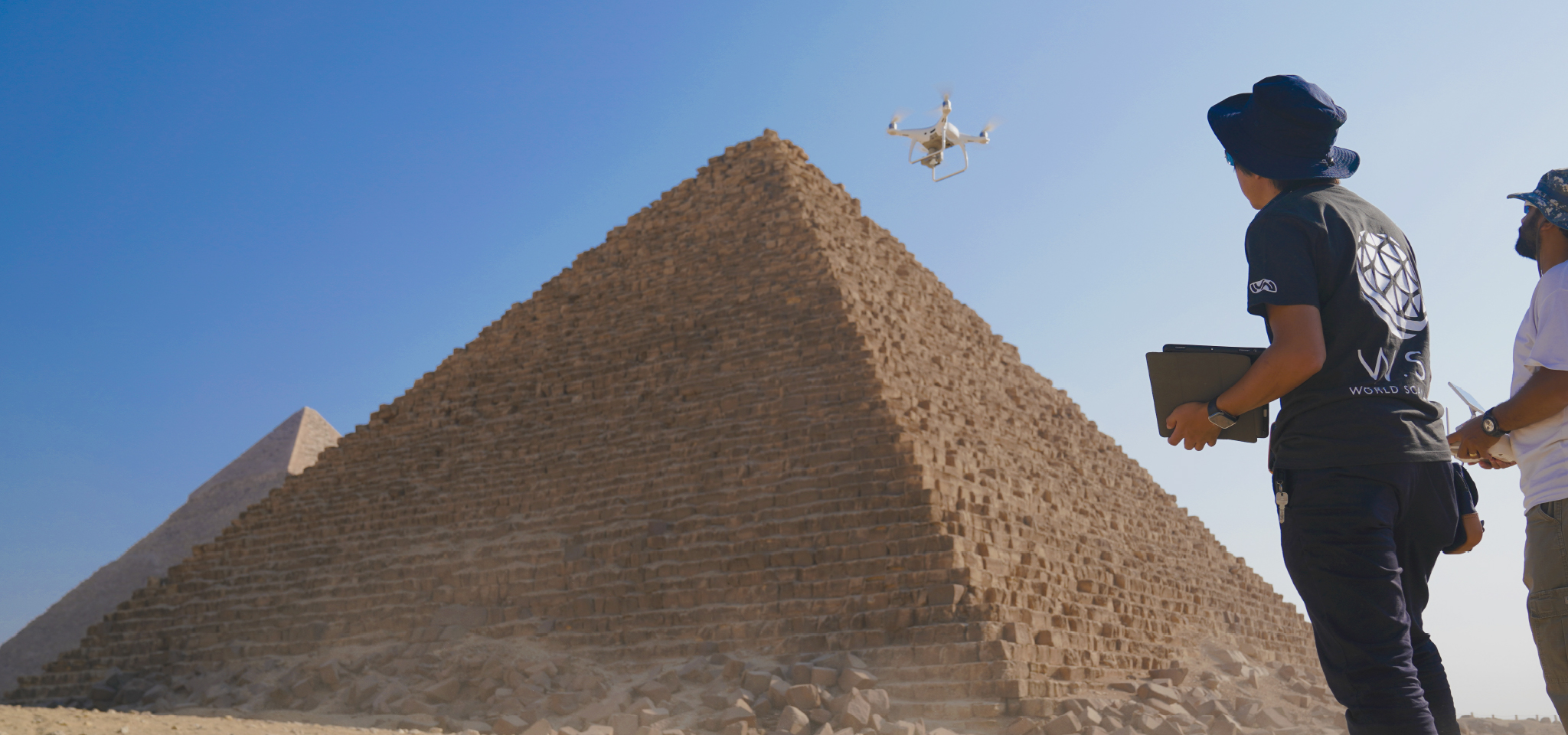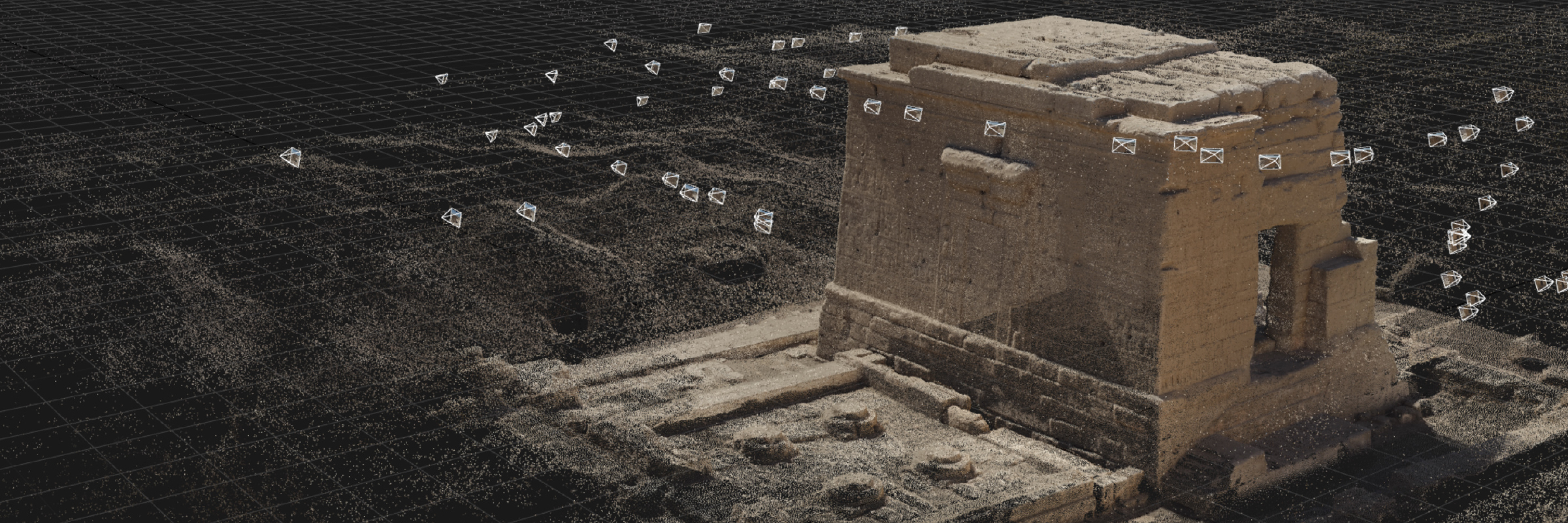DIGITAL ARCHIVE
World scan is “the Memory of the Earth”.
The natural environment such as mountains and rivers formed by accumulating tremendous years, and historical cultural properties and buildings that can be said to be the result of human wisdom.
These are common human assets that should be passed down to future generations across borders, races, and time.
However, it is inevitable that it will be damaged and deteriorated due to all factors such as natural weather such as wind and rain, disasters such as earthquakes, fires, and conflicts.
How to convey the present to the future and how to avoid further damage.

The World Scan Project uses drone technology and 3D data conversion technology to create Egyptian pyramids and temples, World heritage sites that are still decaying, such as the ruins of Peru, the Sagrada Familia in Spain, the tanks of Saipan and the Zero Fighters.
Images and videos scanned in 3D are recorded and saved as a document "digital archive" that exceeds restrictions such as time and place.
Since it will be possible to open it to the world widely by digitization, the pursuit of the mystery of the world that has not been clarified yet.
Cultural assets left by our predecessors can be used as teaching materials for learning.
Using those data as a VR system, it can be revitalizing the ancient lost world to the present.

World scan is “the Memory of the Earth”.
In the World Scan Project, in collaboration with archaeologist Giza 3D Survey research leader and Associate Professor Yukinori Kawae of Nagoya University Institute of Advanced Studies, the world's first drone photography and 3D scanning of almost all archaeological sites in Egypt, including the pyramids, were carried out. Since then, we have been conducting activities to digitally archive historical buildings and natural appearances around the world using 3D scanning technology by using drones.
This makes it easy for anyone to access valuable archaeological and natural data from around the world.
In addition, WSP conducts marine life surveys, underwater archeology, and natural environment surveys using underwater drones with Kotaro Yamafune, an underwater archaeologist who travels around the world. Utilizing the results of the WSP survey, we are developing public relations activities for environmental protection as well as contributing to the educational field.
The oceans on Earth make up 71%, but only a few have been investigated yet.
WSP embarks on an unclarified sea survey and discovery of an archaeological sites.






